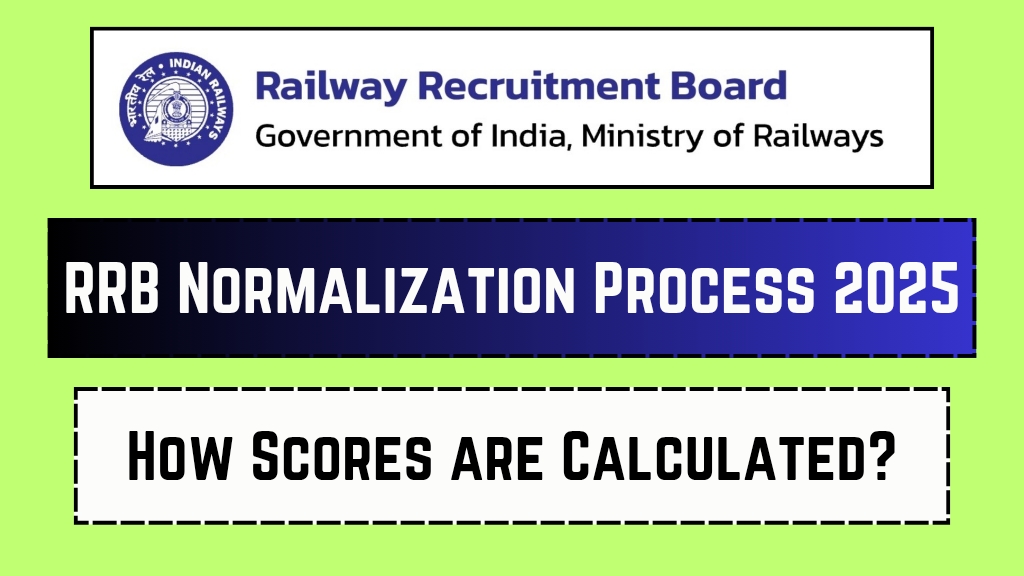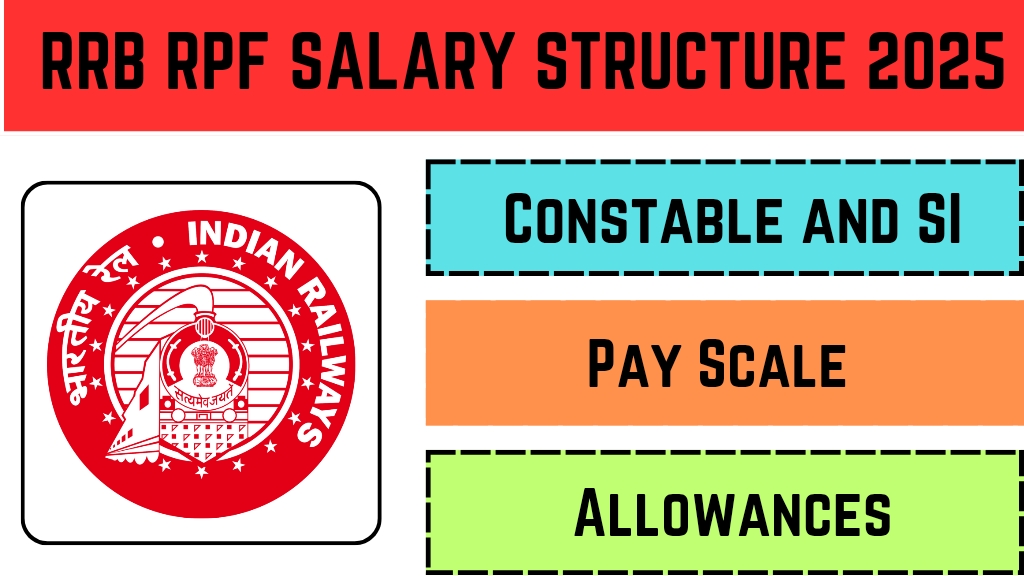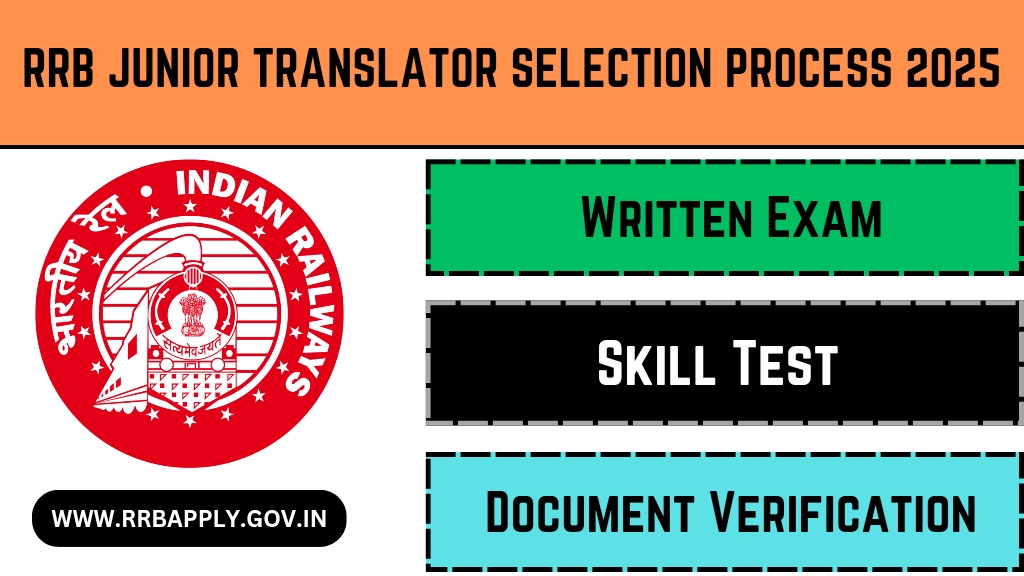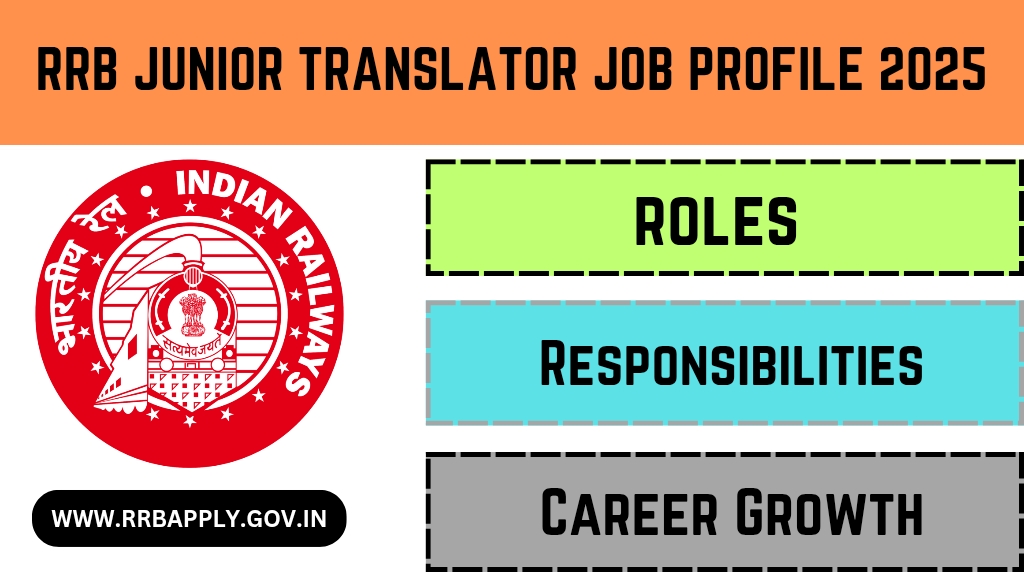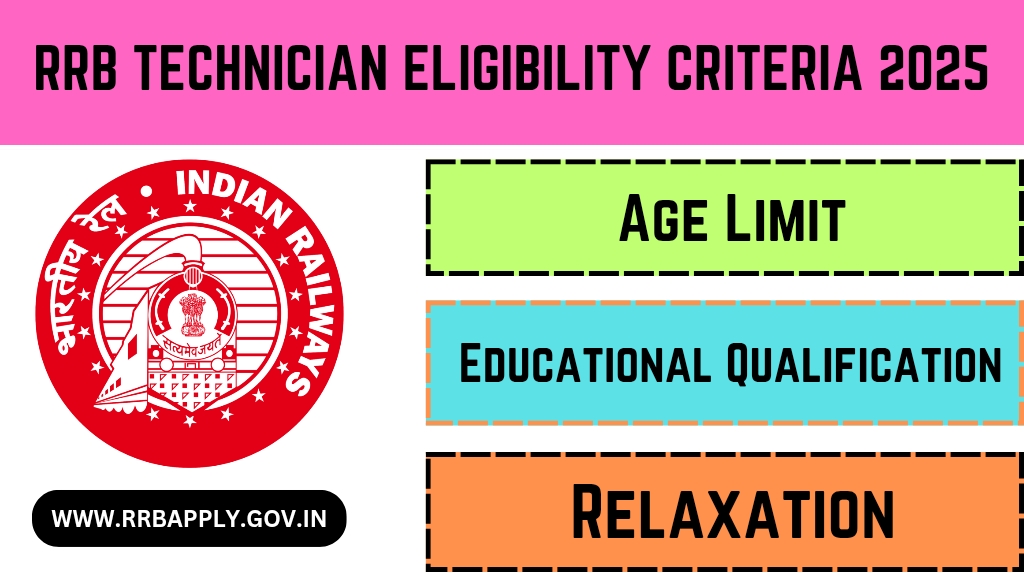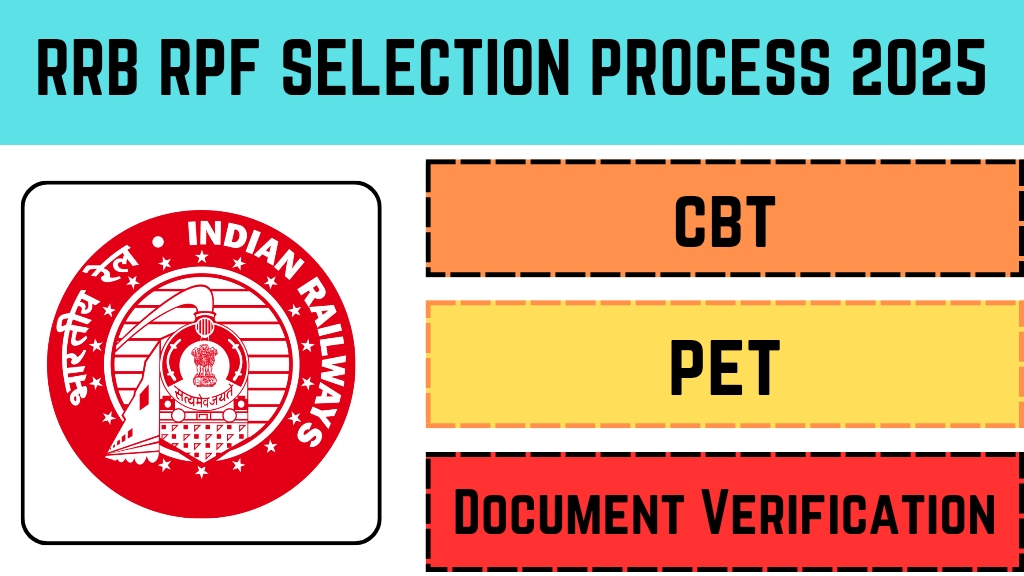The Railway Recruitment Board (RRB) conducts various examinations to recruit candidates for positions in Indian Railways. Given the vast number of applicants, these exams are often held in multiple shifts, leading to potential variations in difficulty levels across different sessions. To ensure fairness and equity among all candidates, RRB employs a process known as normalization. This method adjusts scores to account for any disparities, ensuring that no candidate is unfairly advantaged or disadvantaged due to the specific shift they attended.
What is RRB Normalization? 📊
Normalization is a statistical technique used to adjust scores of candidates based on the difficulty level of their respective exam shifts. Since it’s challenging to maintain identical difficulty across multiple shifts, normalization ensures that all candidates’ scores are evaluated on a common scale. This process guarantees that performance comparisons are fair, regardless of the shift in which a candidate appeared.
Why is Normalization Important in RRB Exams? 🎯
In exams conducted over multiple shifts, slight differences in question paper difficulty can occur. Normalization addresses these discrepancies by adjusting scores, ensuring that no candidate is unfairly advantaged or disadvantaged due to the specific shift they attended. This process upholds the integrity and fairness of the examination system, providing all candidates with an equal opportunity to succeed.
How Does the Normalization Process Work? ⚙️
RRB utilizes the percentile method for normalization. Here’s a simplified breakdown:
- Percentile Calculation: A candidate’s percentile score indicates the percentage of candidates who scored equal to or below that particular score in a specific shift. It’s calculated using the formula:
- Normalized Marks Calculation: Once percentile scores are determined, raw scores are converted to normalized marks through interpolation, especially for those whose scores differ from the “Base Shift” scores. The “Base Shift” is typically the shift with the highest average score among all shifts. Normalized marks are then calculated using specific interpolation formulas to ensure fairness.
Factors Influencing Normalization 📈
Several factors are considered during the normalization process:
- Difficulty Level of Exam Shifts: Variations in question paper difficulty across different shifts.
- Number of Candidates per Shift: The total number of candidates appearing in each shift.
- Overall Performance Trends: The general performance level of candidates across shifts.
By accounting for these factors, normalization ensures a balanced and fair assessment for all candidates.
Minimum Qualifying Marks Post-Normalization 🎓
After normalization, candidates must achieve minimum qualifying marks to proceed to subsequent stages of the selection process. The typical cutoffs are:
- Unreserved (UR): 40%
- Economically Weaker Section (EWS): 40%
- Other Backward Classes (OBC): 30%
- Scheduled Caste (SC): 30%
- Scheduled Tribe (ST): 25%
These percentages ensure that only candidates meeting the required standards advance in the recruitment process.
Tie-Breaking Criteria 🏆
In instances where two candidates achieve the same percentile score post-normalization, RRB employs the following tie-breaking criteria:
- Age: The older candidate is given preference.
- Alphabetical Order: If age is identical, the candidate whose name appears first in alphabetical order is prioritized.
These measures ensure a transparent and fair ranking system.
Key Highlights 🌟
- Organization Name: Railway Recruitment Board (RRB)
- Purpose of Normalization: To ensure fairness across multiple exam shifts.
- Method Used: Percentile-based normalization.
- Base Shift Selection: Shift with the highest average score.
- Factors Considered: Exam difficulty, number of candidates, performance trends.
- Minimum Qualifying Marks: Varies by category (UR, EWS, OBC, SC, ST).
- Tie-Breaking: Based on age and alphabetical order.
- Join WhatsApp: JOIN NOW
- Join Telegram: JOIN NOW
- Official Website: rrbcdg.gov.in
Understanding the RRB normalization process is crucial for candidates aiming to succeed in railway examinations. It ensures that all aspirants are evaluated on a level playing field, maintaining the integrity and fairness of the recruitment process.
